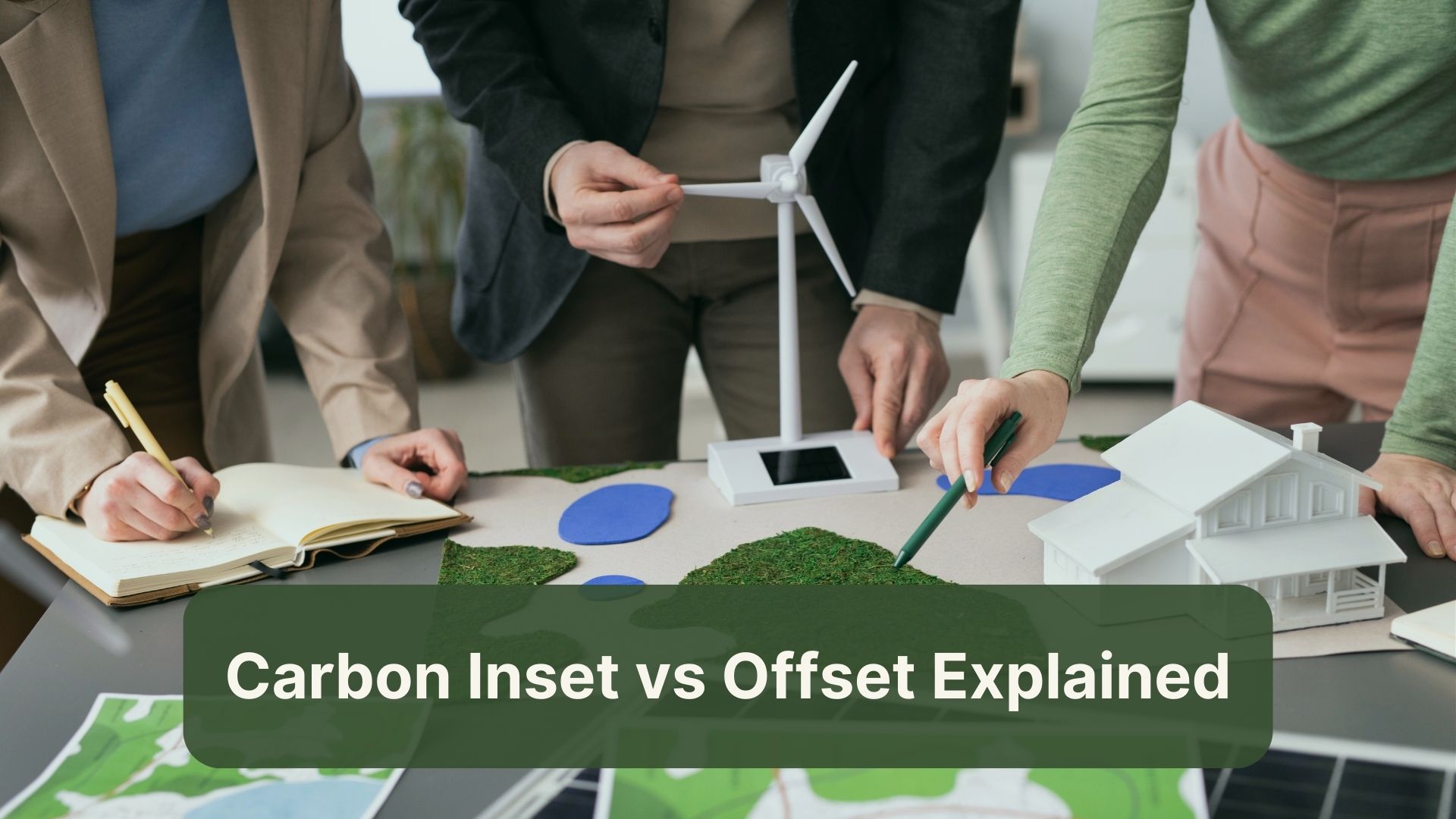What is Insetting?
Science

When it comes to decarbonization, you must be familiar with the term ‘carbon offset’. Carbon offset is a common ESG strategy used by companies where they purchase carbon credits generated from emission reduction projects to compensate for the emissions they generate. While carbon offset is an important tool to reach the net-zero target, companies should put more consideration on carbon inset strategies.
How Does Carbon Inset Differ from Offset?
According to Sylvera, a carbon inset is essentially a carbon project that happens within a company’s supply chain or in local communities where they or their suppliers operate. Carbon offset involves funding projects that a company does not own, whereas carbon inset involves creating and funding the company’s own carbon projects. Consequently, carbon inset does not involve transactions in the carbon market.
Carbon offset shouldn’t be a substitute for direct emissions reductions by companies; instead, it should only be used to address unavoidable (hard-to-abate) emissions. Initial investment for inset projects may be higher than purchasing carbon offsets, but it is likely to result in long-term cost saving, sustainability, enhanced brand image. Some insetting initiatives can look like:
- Transportation and logistic companies switching to alternative fuels, upgrading vehicle fleets with less emitting technologies, and optimizing transport routes
- Manufacturing companies purchasing electricity from renewable energy provider and adopting low-carbon production processes
- Agriculture and food production companies implementing sustainable farming practices and processing food waste
Looking into Scope 3 Emissions
In planning insetting strategies, companies should analyze their whole value chain including scope 3 emissions. Scope 3 emissions are indirect emissions that are produced and used outside of the company’s facility; in other words, emissions that are associated with products and services purchased by the company (upstream and downstream activities). Scope 3 is the most difficult emission scope to calculate, but often it makes up the biggest portion of a company’s total emissions. Thus, by analyzing scope 3 emissions, a company can identify where its greatest environmental impacts occur and direct their focus of insetting projects for the greatest impact. This will require engaging with a wide range of stakeholders. An example of insetting focused on scope 3 can be seen from Ganni, a fashion retail company, that has committed to not work with suppliers that use coal-generated heat or energy by 2025.
Are you interested in developing forestry projects as your company’s insetting strategy? Visit our AtmosCheck page to start your insetting journey!

